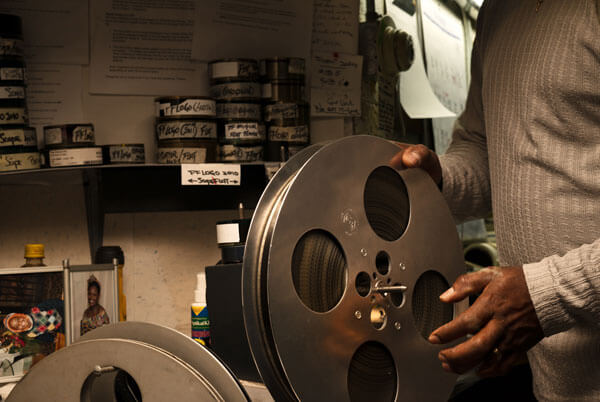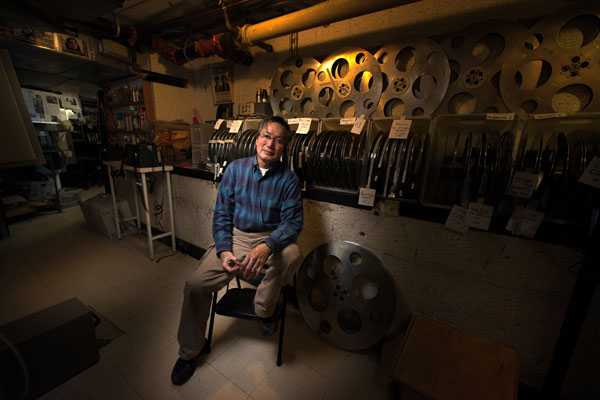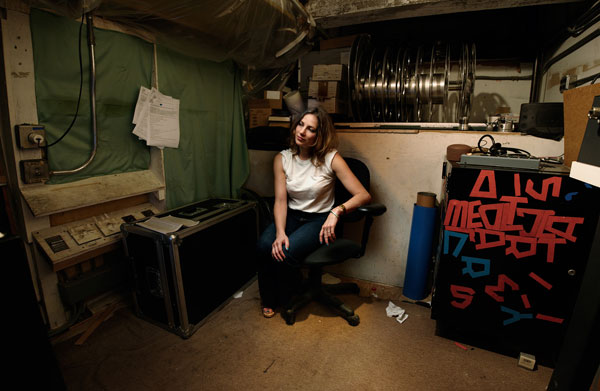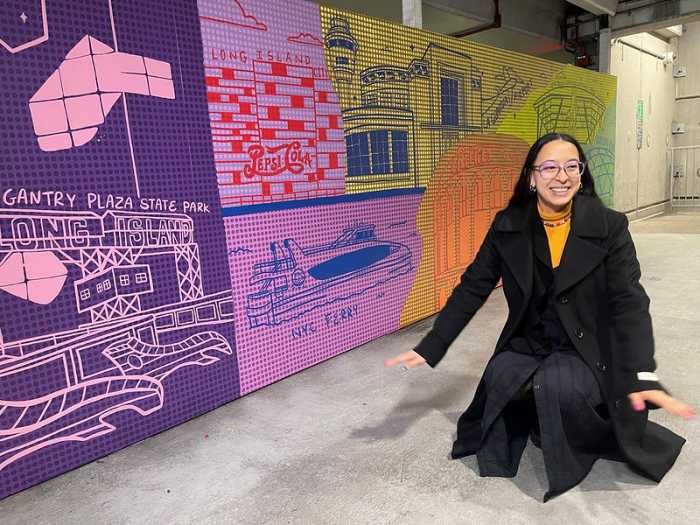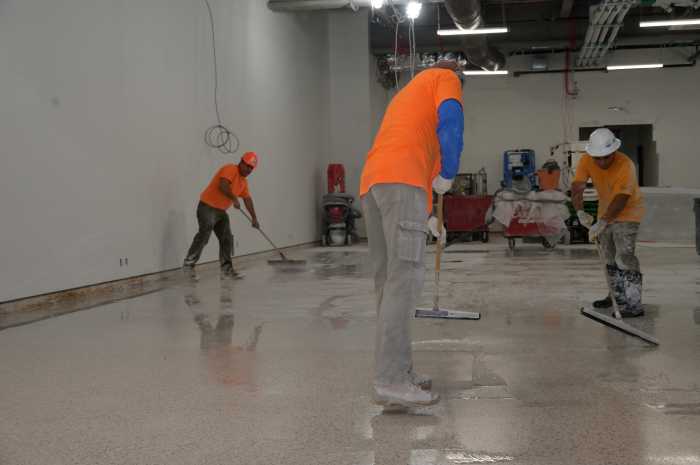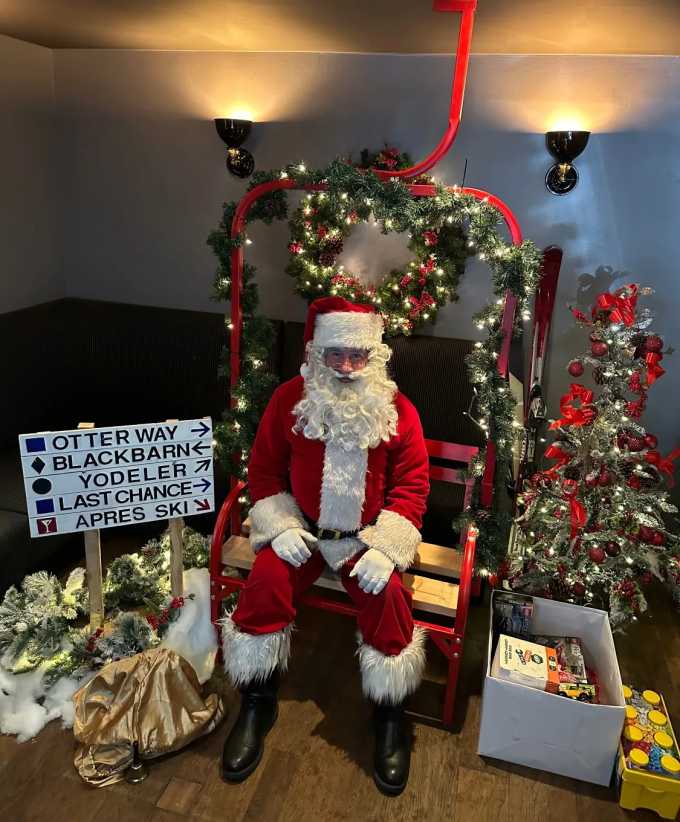By Kevin Zimmerman
Photographer Joseph O. Holmes has spent the last couple of years capturing the waning era of purveyors of a once robust industry: movie house projectionists and their work spaces.
His new show, The Booth: The Last Days of Film Projection, opened last Friday at the Museum of the Moving Image in Astoria and includes almost three dozen images of movie projectionists.
“I’ve done several projects on work spaces that are out of view of the public,” said Holmes. “I find it fascinating that there are work spaces that people never see. It’s only when I started visiting theaters that I heard this was going away.”
Add 35mm film to the list of 20th-century objects that won’t see too much of the 21st century.
By last year, nearly two-thirds of the movie theaters in the United States had converted to digital projection. Instead of a case of film reels holding the latest blockbuster releases, cinemas receive a piece of equipment similar to a computer hard drive that contains the movie.
A digital projectionist keys in a code and, voilá, it’s show time.
“It is way less expensive for distributors to send digital prints,” Holmes said.
Holmes admits most audience members, including himself, wouldn’t be able to tell the difference between the film and digital versions, unless the film had been scratched along its journey.
“To me that’s a warm feeling, like hearing a pop on a vinyl record,” he said.
But Holmes’ project isn’t interested in making a statement about the future of moviegoing. Rather, he is intrigued by these men and women who spend most of their working hours in dark, cramped rooms, usually alone, watching the roll of film flutter its way through the projector.
“The biggest surprise for me was the diversity of the projectionists,” Holmes said. “They ranged in age from their 20s up to their 70s. I was surprised to see young people in what is a dying industry.”
Diverse also describes the paths that brought each of the subjects in Holmes’ show to the projection booth.
Some were taking their place in the family business, Holmes said. Others had simply stumbled into it.
An image of Fred Baez is included in Holmes’ show. Baez has worked at the Museum of the Moving Image for a little more than 17 years. He falls into the stumbled-into-it category. He had been working as an assistant manager at a multiplex theater and was trained on how to run the projector.
“I just really took a liking to it,” Baez said.
But he quickly realized there was more to the job than just being able to thread the film through the machine.
Non-digital cinemas run the film from the projector onto a piece of equipment called a platter. The platter is a large horizontal wheel that collects the film after it runs past the machine’s light — it basically serves as the take-up reel like those in old-school 8-track tape players. Once a film has been rolled onto the platter, the projectionist is able to restart the movie without having to rewind it. Of course, being a piece of machinery, sometimes the platter misfires and the film doesn’t roll into a nice, neat package.
“If something goes wrong you can destroy the print,” Baez said. “These [films] are becoming artifacts and we have to treat them like artifacts.”
Several of Holmes’ pieces include relics of an earlier time in film projection.
One shows an editing table with magnifying glass and white glove. Projectionists often examine each frame of the film for scratches and use the glove to remove dirt and grime from the reel. Another shows a viewing area with a recliner, folding chair and a TV tray table placed in the middle. In one of the larger prints, Holmes captures photographs of family members that one projectionist puts on display when he is working.
But Holmes also focuses on the projectors themselves. Many are behemoths that nearly fill the small rooms while others are missing pieces from the machines.
“There were some places with string, chicken wire and gum holding the projectors together,” Holmes said. “There was one where the guy had to bang on the side of the projector to get the light to work.”
Holmes’ pieces also include portraits of projectionists usually sitting in a chair or on a ledge in their work space surrounded by film cases. The images were created at theaters and drive-ins in Pennsylvania, Connecticut and New York, including Big Cinemas Bombay Theater in Fresh Meadows, the Museum of the Moving Image in Astoria and the Kew Gardens Cinemas.
“I had a great time visiting these places,” Holmes said. “All of them really enjoyed talking. I guess it must be a lonely profession.”
Reach news editor Kevin Zimmerman at kzimmerman@cnglocal.com or by phone at 718-260-4541.
If you Go
The Booth: The Last Days of Film Projection
When: Through Feb. 2, 2014
Where: The Museum of the Moving Image, 36-01 35th Ave., Astoria
Cost: $12/adults, $9/seniors and students, $6/children 3 to 12, Free/children under 3
Contact: 718-777-6800
Website: movingimage.us

